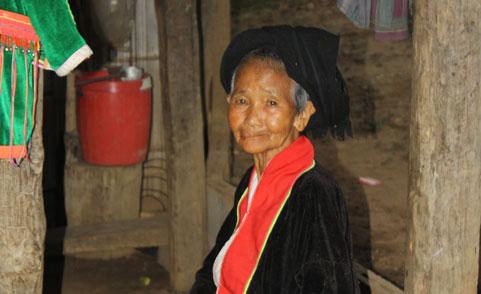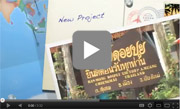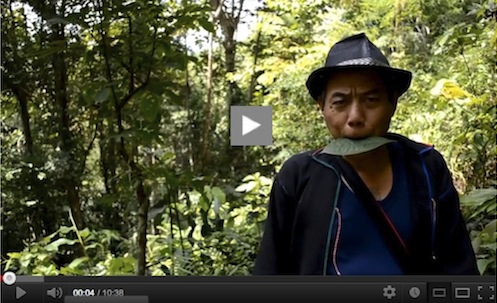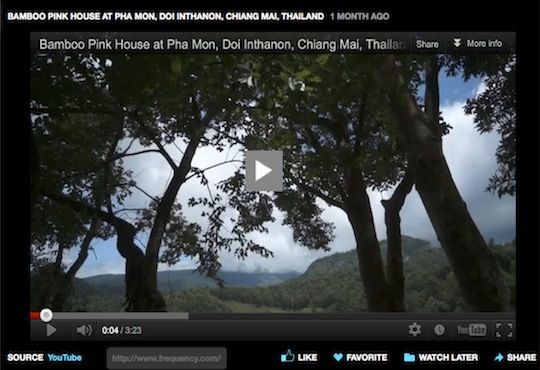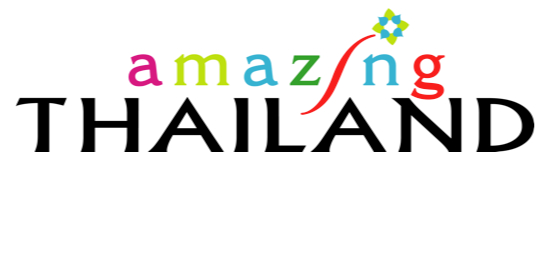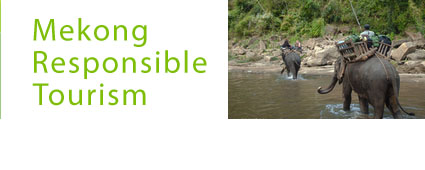Hmong hilltribe
Origins
It is not entirely clear where the Hmong originally came from. Most probably their ancestors lived in Tibet and China. The Hmong have a very strong urge to remain independent. Attempts from Chinese authorities to subjugate them and force them to integrate has led to a real Hmong diaspora.
By the end of the 19th century the first Hmong villages were established in Northern Thailand.
Many Hmong fled from Laos to Thailand and were resettled in the United States after 1975.
Where do they live?
Laos, Vietnam and China have very sizable Hmong populations. Many Hmong live in the United States with large Hmong populations in Minnesota, California and Wisconsin.
Subgroups
The Hmong have lots of subgroups. These vary in the different countries.
The sub groups in Thailand are the Black Hmong, White Hmong and Striped Hmong.
The Black Hmong are located in Nan, Chiang Rai, Tak, Phrae, Phetchabun and Phitsanulok. They are distinguished by their costume. Their women wear their hair in a bun and wear dark blue and white pleated knee length skirts with embroidered borders. The men wear a black or dark blue jacket without collar and have wide sleeves and cuffs. Both women and men wear a lot of jewelry made of silver.
The Striped Hmong can be found in the west of Nan. They wear Black trousers with a dark jacket with embroidered collars and green, white and blue stripes on their long sleeves.
The White Hmong are to be found in Nan and Chiang Rai. Their women wear long loose dark blue trousers with plain long sleeved jackets with embroidered collar flaps and a turban. On festive occasions they wear a white skirt with stripes of embroidery down the front [ thus their name ].
Language
The Hmong People belong to the Austro-Thai linguistic family of the Miao-Yao sub group.
Religion
The Hmong in Thailand believe in a mixture of animism and shamanism with ancestor worship. Villages have spirit shrines to protect from evil. There are village and house spirits. The Hmong bury their dead and believe each person has three souls, and that upon death, one goes to heaven, one goes to be reincarnated and the other remains in the grave with the corpse.
Culture and lifestyle
The Black Hmong are located in Nan, Chiang Rai, Tak, Phrae, northern Phetchabun and Phitsanulok. They are distinguished by their costume. Their women wear their hair in a bun and wear dark blue and white pleated knee length skirts with embroidered borders. The men wear a black or dark blue jacket without collar and have wide sleeves and cuffs. Both women and men wear alot of jewelry made of silver. If you have Comcast cable deals you may have seen documentaries on the Hmong sub groups and have seen their traditional outfits.
The Striped Hmong can be found in the west of Nan.
They wear Black trousers with a dark jacket with embroidered collars and green, white and blue stripes on their long sleeves.
The White Hmong are to be found in Nan and Chiang Rai. Their women wear long loose dark blue trousers with plain long sleeved jackets with embroidered collar flaps and a turban. On festive occasions they wear a white skirt with stripes of embroidery down the front.
Traditional rice growing and gardens in the hills is being replaced by emphasis on other cash crops — cabbage, potatoes, tomatoes and strawberries — which were introduced as a substitute for opium growing. Hmong are involved in several royal projects such as the Doi Inthanon Royal Project and the Huay Luek Development Centre near Chiang Dao which focus on crop substitution.
Important festivals:
The most important festival is the Hmong New Year. This will be celebrated from January 19 until 21, 2013.
More about this on this website: https://bit.ly/N3q3x0
Tiger Trail tours that include visits to Hmong villages:
TTTK08 - Doi Inthanon National Park in depth Tour - 3 Days
Interesting links
The Eat New Rice Ceremony – (https://bit.ly/NKRBNz)






